2023. 07RNA Synthesis
Hyperhomocysteinemia lowers serum testosterone concentration via impairing testosterone production in Leydig cells
Zhiyuan Su, Zhuoliang Liu, Wenjing Lei, Kai Xia, An Xiao, Zheng Hu, Miaomiao Zhou, Fengxin Zhu, Jianwei Tian, Manqiu Yang, Dong Wang, Andy Peng Xiang, Jing Nie
Full Text
Abstract
Hyperhomocysteinemia (HHcy) plays a salient role in male infertility. However, whether HHcy interferes with testosterone production remains inconclusive. Here, we reported a lower serum testosterone level in HHcy mice. Single-cell RNA sequencing revealed that genes related to testosterone biosynthesis, together with nuclear receptor subfamily 5 group A member 1 (Nr5a1), a key transcription factor for steroidogenic genes, were downregulated in the Leydig cells (LCs) of HHcy mice. Mechanistically, Hcy lowered trimethylation of histone H3 on lysine 4 (H3K4me3), which was bound on the promoter region of Nr5a1, resulting in downregulation of Nr5a1. Intriguingly, we identified an unknown cell cluster annotated as Macrophage-like Leydig cells (McLCs), expressing both LCs and macrophages markers. In HHcy mice, McLCs were shifted toward pro-inflammatory phenotype and thus promoted inflammatory response in LC. Betaine supplementation rescued the downregulation of NR5A1 and restored the serum testosterone level in HHcy mice. Overall, our study highlights an etiological role of HHcy in LCs dysfunction.
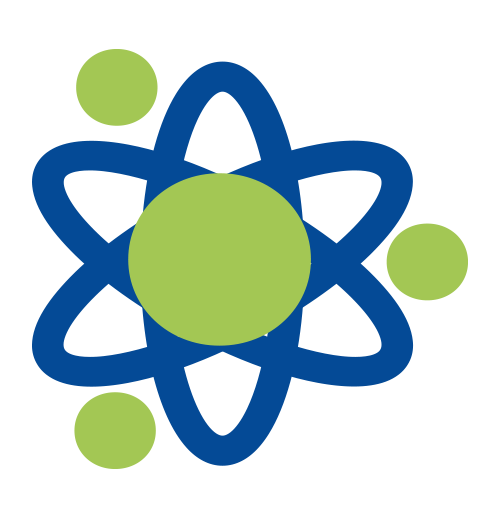 NGSHybridization Capture DNA Probe QuarStar Human All Exon Probes 4.0 (Tumor) QuarStar Human All Exon Probes 4.0 (Standard) QuarStar Liquid Pan-Cancer Panel 3.0 QuarStar Pan-Cancer Lite Panel 3.0 QuarStar Pan-Cancer Fusion Panel 1.0 QuarStar Pan Cancer Panel 1.0 Hybridization Capture RNA Probe QuarXeq Human All Exon Probes 3.0 HRD panel Library Preparation DNA Library Preparation Kit Fragmentation Reagent mRNA Capture Kit rRNA Depletion Kit QuarPro Superfast T4 DNA Ligase Hybridization Capture QuarHyb Super DNA Reagent Kit QuarHyb DNA Plus 2 Reagent Kit QuarHyb DNA Reagent Kit Plus QuarHyb One Reagent Kit QuarHyb Super Reagent Kit Pro Dynegene Adapter Family Dynegene Blocker Family Multiplex PCR QuarMultiple BRCA Amplicon QuarMultiple PCR Capture Kit 2.0 PathoSeq 450 Pathogen Library Corollary Reagent Streptavidin magnetic beads Equipment and Software The iQuars50 NGS Prep System
NGSHybridization Capture DNA Probe QuarStar Human All Exon Probes 4.0 (Tumor) QuarStar Human All Exon Probes 4.0 (Standard) QuarStar Liquid Pan-Cancer Panel 3.0 QuarStar Pan-Cancer Lite Panel 3.0 QuarStar Pan-Cancer Fusion Panel 1.0 QuarStar Pan Cancer Panel 1.0 Hybridization Capture RNA Probe QuarXeq Human All Exon Probes 3.0 HRD panel Library Preparation DNA Library Preparation Kit Fragmentation Reagent mRNA Capture Kit rRNA Depletion Kit QuarPro Superfast T4 DNA Ligase Hybridization Capture QuarHyb Super DNA Reagent Kit QuarHyb DNA Plus 2 Reagent Kit QuarHyb DNA Reagent Kit Plus QuarHyb One Reagent Kit QuarHyb Super Reagent Kit Pro Dynegene Adapter Family Dynegene Blocker Family Multiplex PCR QuarMultiple BRCA Amplicon QuarMultiple PCR Capture Kit 2.0 PathoSeq 450 Pathogen Library Corollary Reagent Streptavidin magnetic beads Equipment and Software The iQuars50 NGS Prep System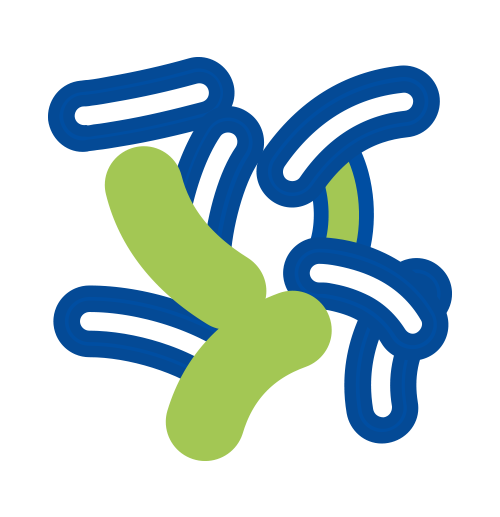 Primers and Probes
Primers and Probes RNA SynthesissgRNA miRNA siRNA
RNA SynthesissgRNA miRNA siRNA



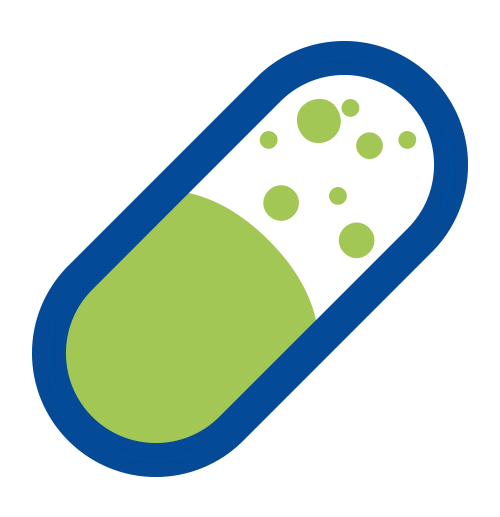 Gene Synthesis
Gene Synthesis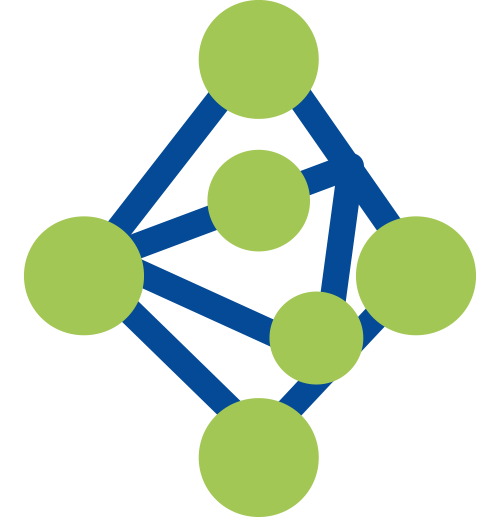 Oligo Pools
Oligo Pools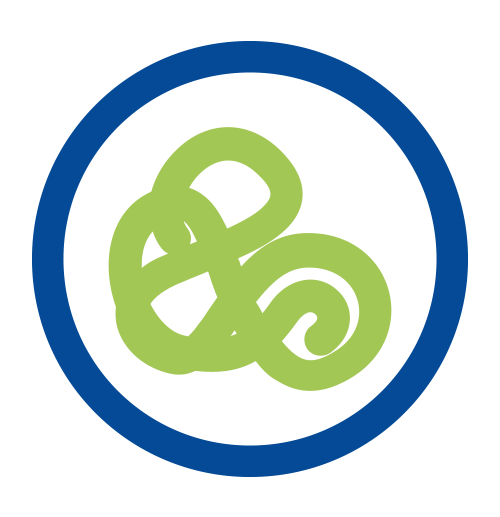 CRISPR sgRNA Library
CRISPR sgRNA Library Antibody Library
Antibody Library Variant Library
Variant Library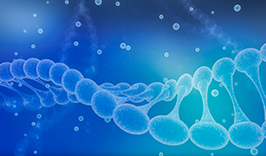
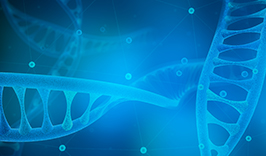

 Tel: 400-017-9077
Tel: 400-017-9077 Address: Floor 2, Building 5, No. 248 Guanghua Road, Minhang District, Shanghai
Address: Floor 2, Building 5, No. 248 Guanghua Road, Minhang District, Shanghai Email:
Email: 







